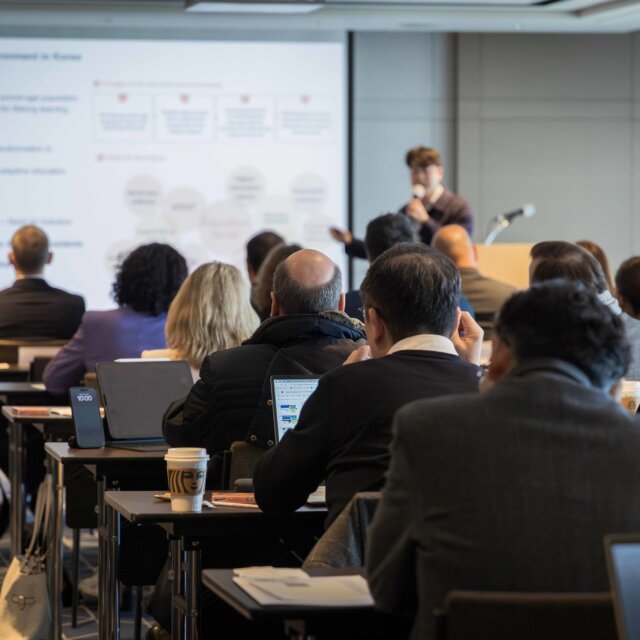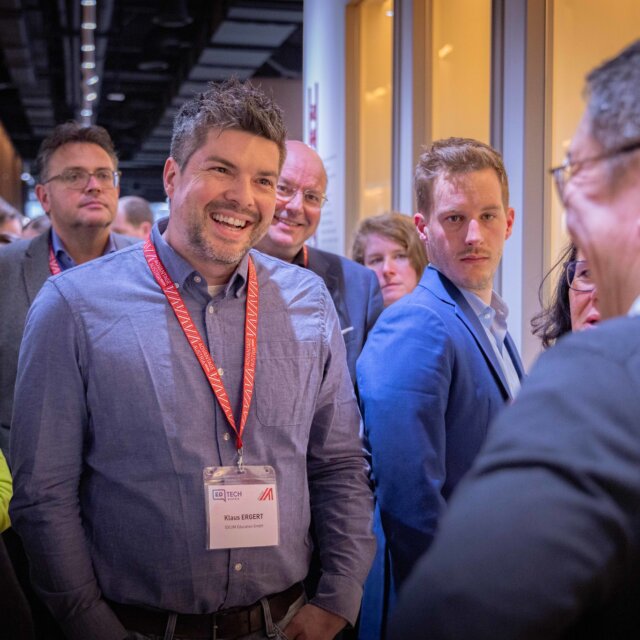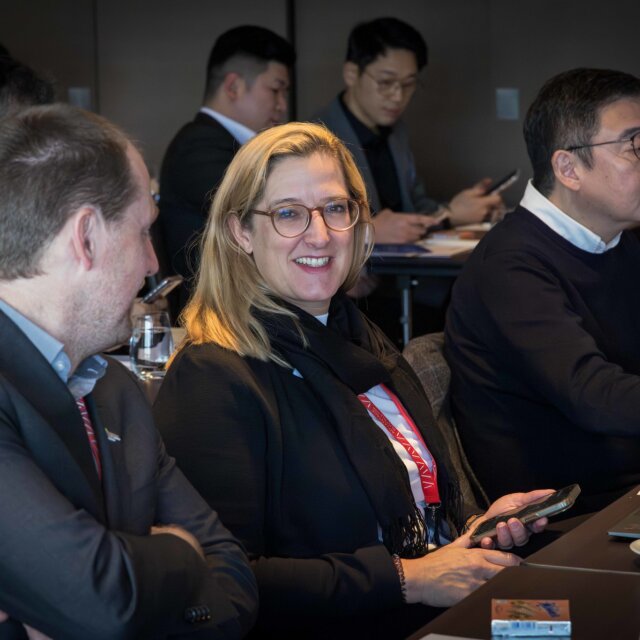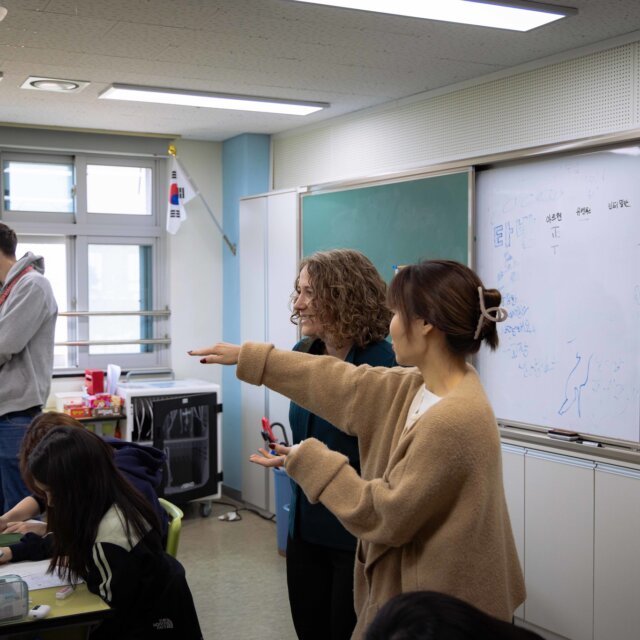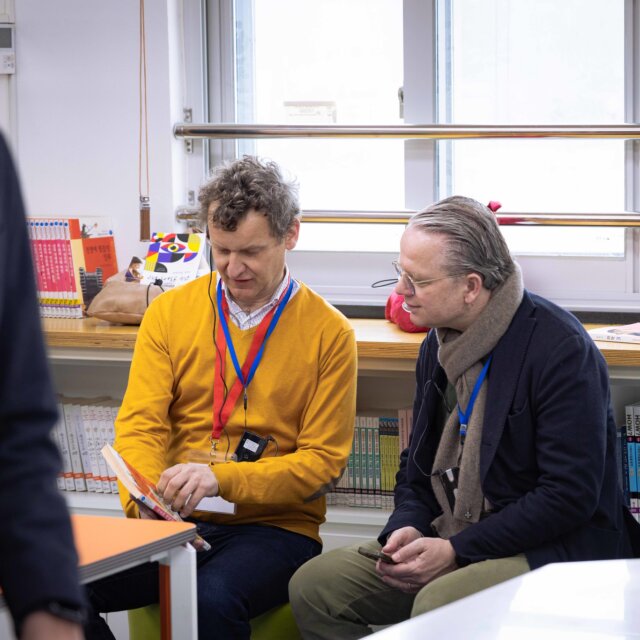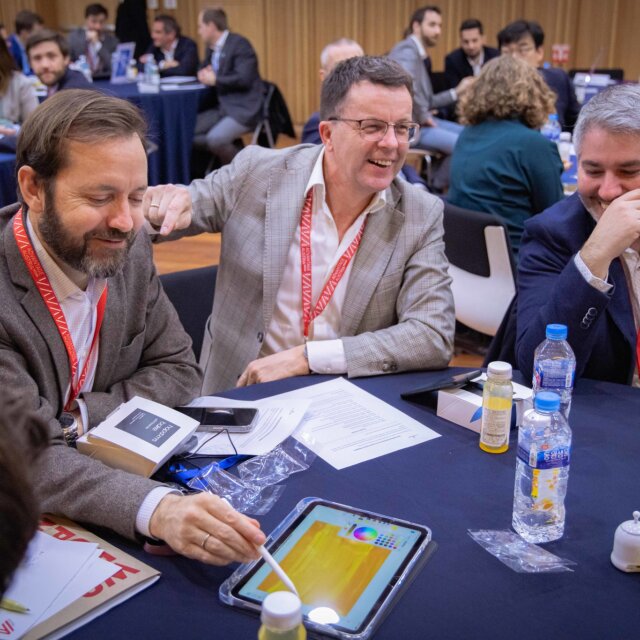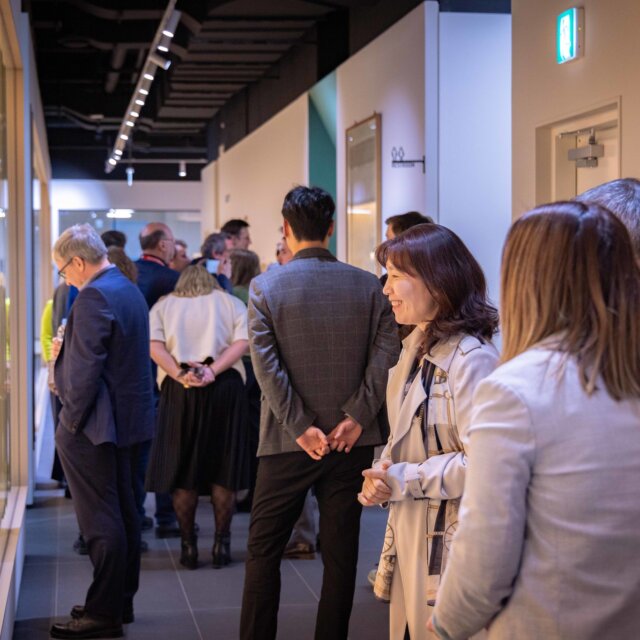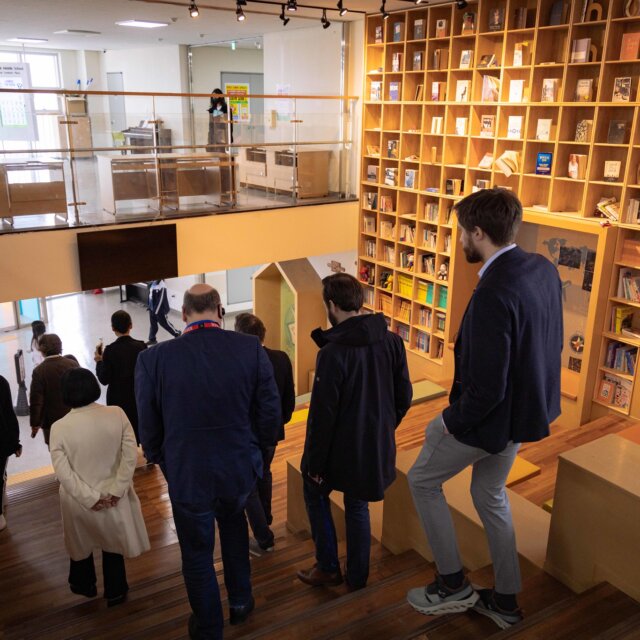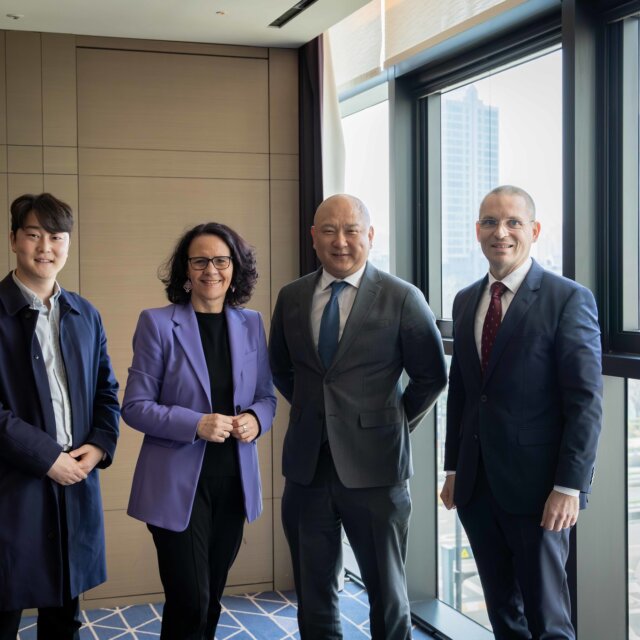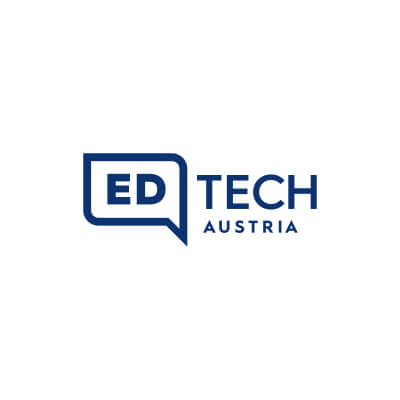South Korea: How technology, culture and the courage to innovate are shaping education
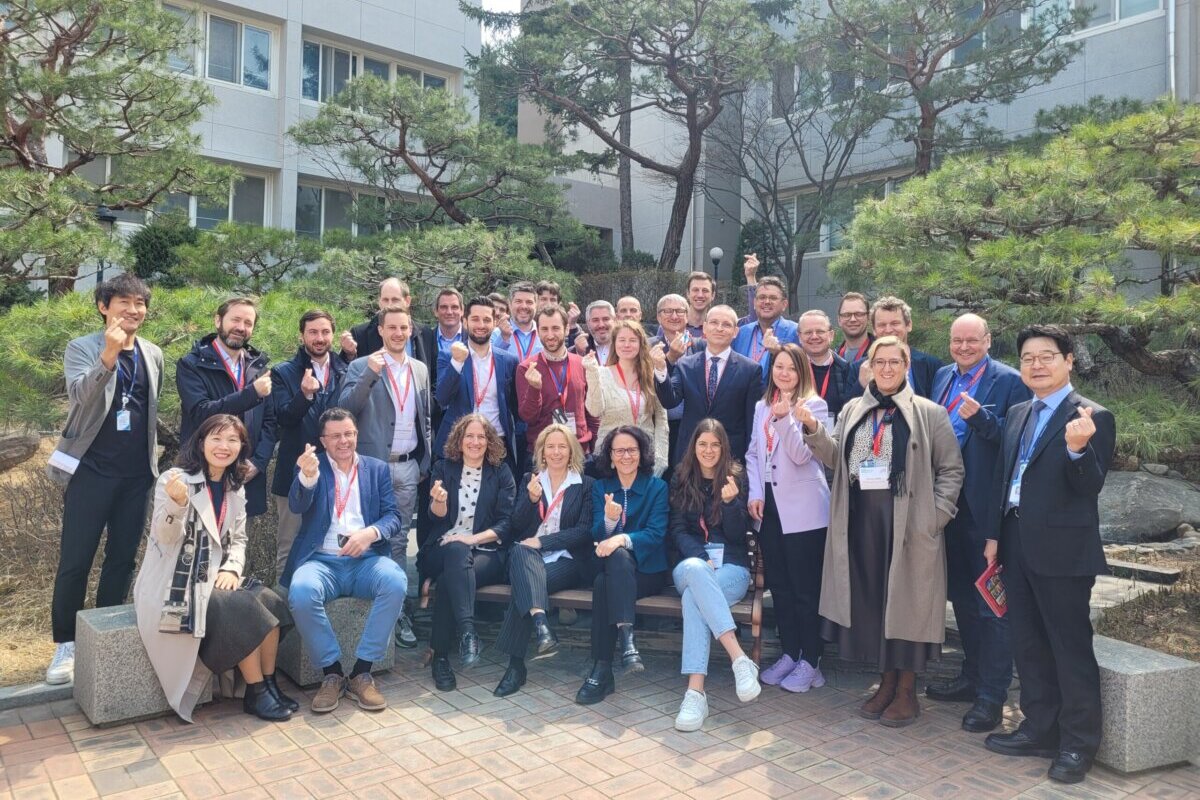
Five days, countless impressions and one key realisation: education in South Korea is more than just technology – it is an expression of a social attitude. Our learning trip to Seoul not only showed us how a country is systematically digitalising its education, but also what Austria can learn from it.
“Koreans always want to be first. Their motto is: ppalli, ppalli – fast, fast,” explains Professor Michael Prieler from Hallym University. And this can also be seen in the education system. Tablets, digital whiteboards and learning apps are standard from the 3rd grade onwards. Recently, AI-supported textbooks have been used in several subjects across the country – in primary schools as well as high schools.
What is often seen as a vision here is a reality in South Korea. This nationwide integration is successful because technology is not seen as an add-on, but as a natural part of teaching – supported by a culture that recognises innovation as a value.
Digitalisation needs attitude – and politics
The digitalisation of the South Korean education system is not a product of chance, but the result of a consistent, state-led strategy that has been pursued since the 1990s. The state makes targeted investments in infrastructure, develops pilot projects and deliberately creates spaces for innovation – including the opportunity to make mistakes and learn from them. A central element is the qualification of teachers: the concept of ‘master teachers’ deploys specially trained educators who train and support their colleagues in the use of digital media and new technologies. This creates a multiplier effect that drives digital change from within.
There are also many dedicated teachers in Austria who are working hard to test digital forms of learning. However, what is often missing is the systemic framework that pools this energy, supports it and anchors it sustainably.
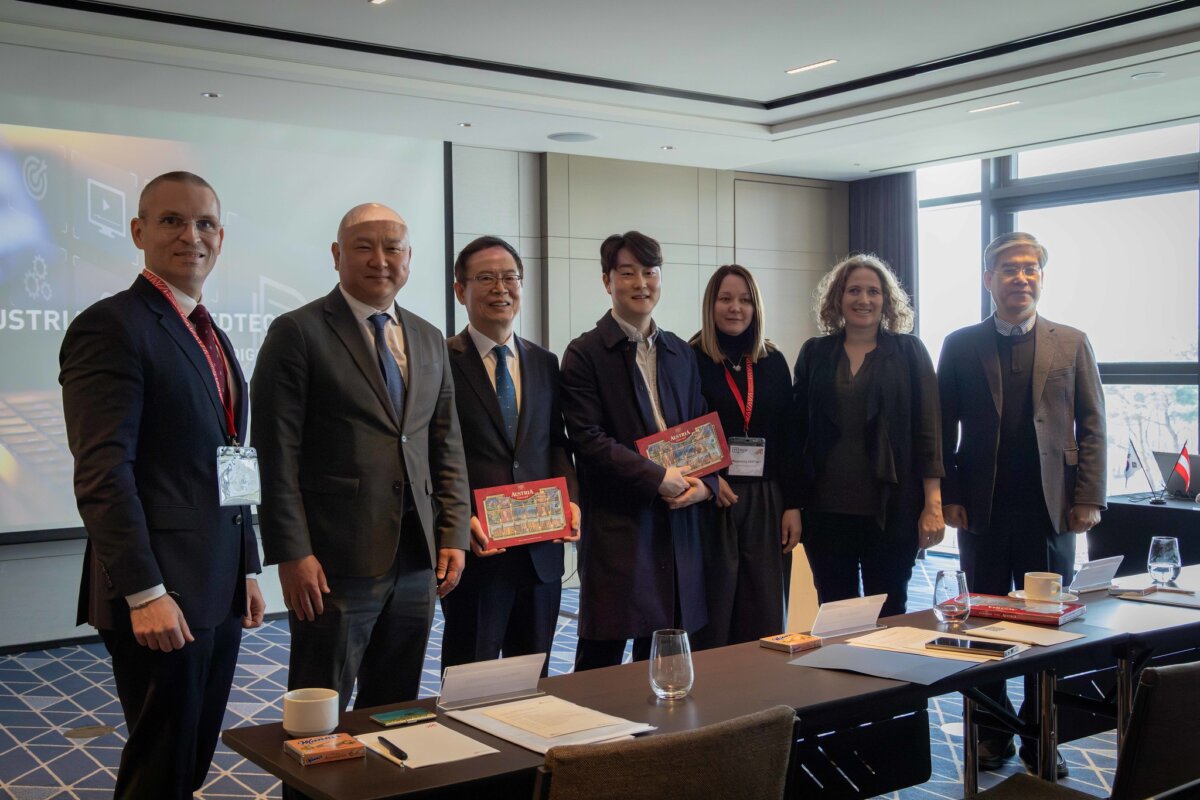
Learning to learn – with and without technology
We were particularly impressed by how ‘learning to learn’ is taught in Korea. Self-direction, reflection and strategies for acquiring knowledge are firmly anchored in the curriculum there. This not only makes the use of digital tools more effective, it also empowers students to find their way in a complex world.
Especially in an increasingly technology-driven society, we need people who not only consume, but also learn consciously and independently – a goal that is also central to Austria.
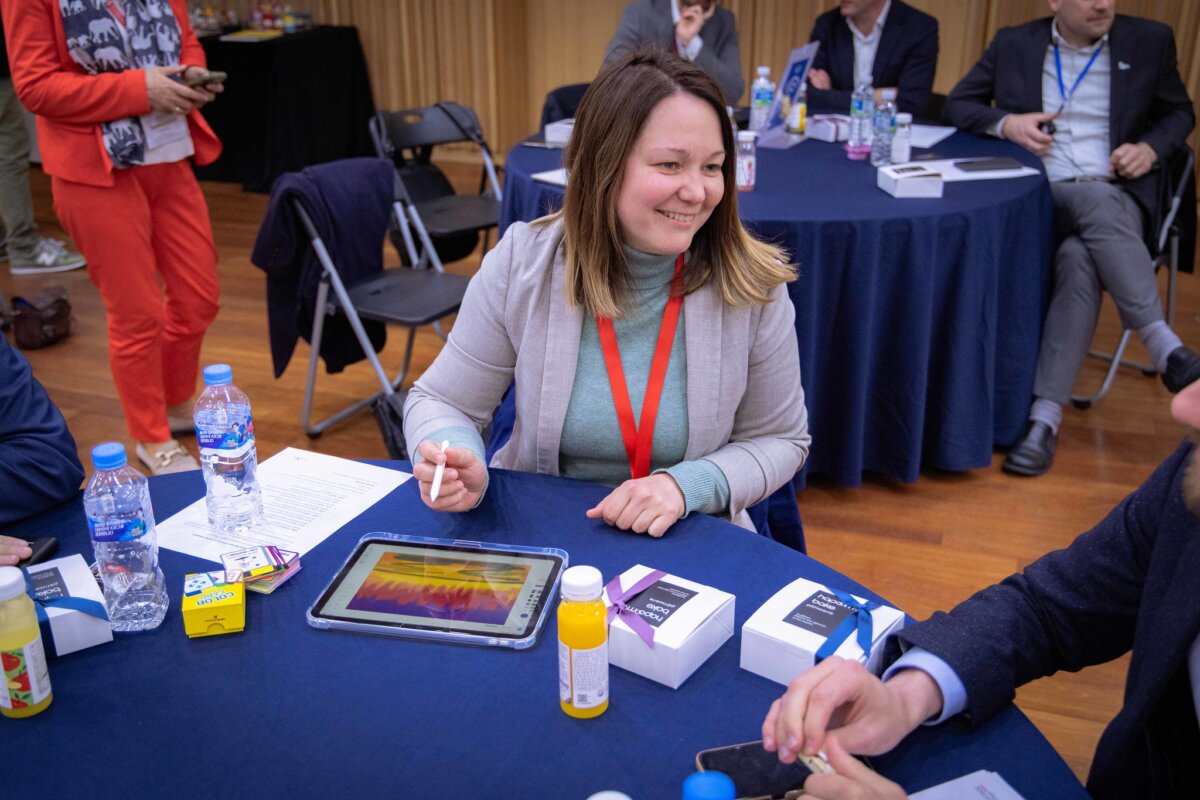
Between performance and burden: an education system with downsides
As progressive and open to technology as the South Korean education system is, it also has its downsides. A key issue is the increasing digital dependency, particularly on smartphones. At schools like Naegok Middle School, the problem is tackled pragmatically: physical boxes, where students have to leave their devices for set periods of time, deliberately create space for focussed learning.
At the same time, the enormous pressure to perform in the Korean school system is causing increasing psychological stress. Tutoring late into the night, a highly competitive environment and the close connection between educational success and family reputation take their toll – on young people and their families alike. The high cost of education also contributes to the low birth rate.
But there are also positive developments: With programmes such as the ‘WEE’ classrooms, emotional education is being actively promoted (note: WEE is made up of We + Education + Emotion). Mental health is increasingly being seen as part of a holistic education system – an approach that can also provide important impetus for Austria.
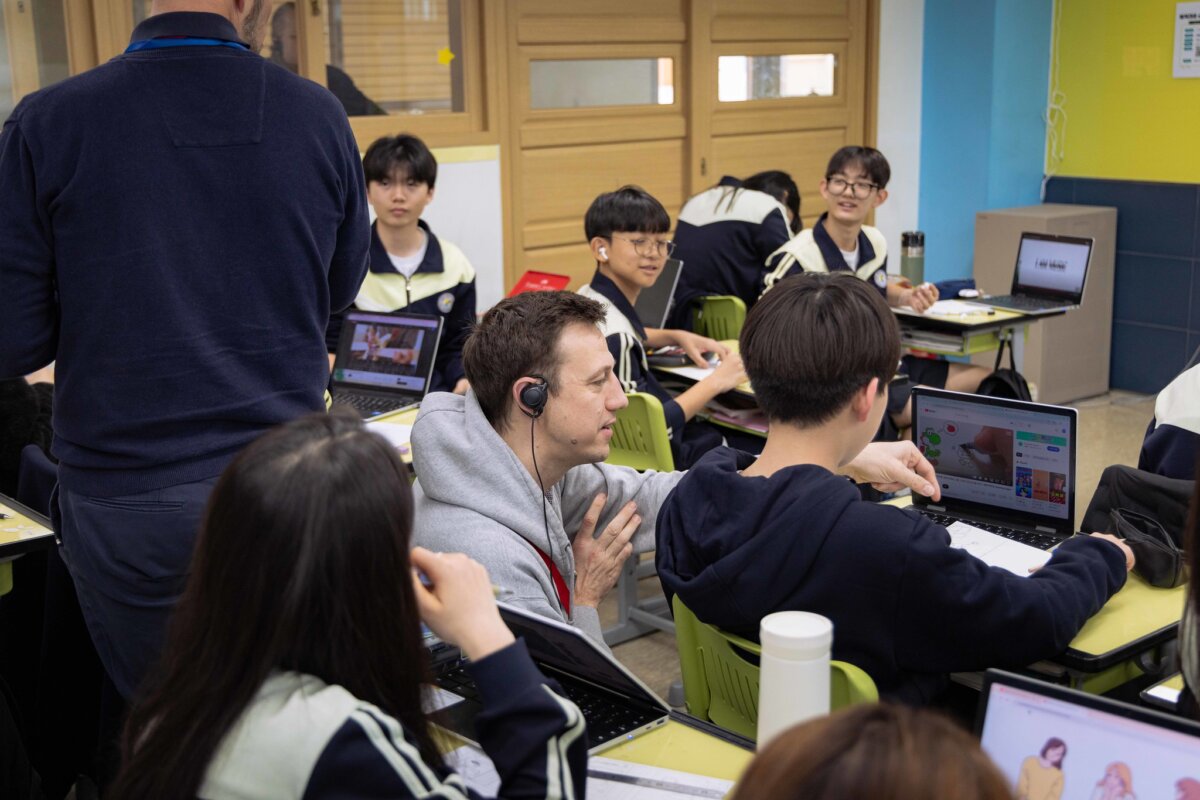
Rethinking vocational training: the ‘meister schools’
In South Korea, students attend special schools that specifically prepare them for digital professions such as front-end or XR development. These so-called ‘meister schools’ – a term borrowed from German – are aimed at 16 to 18-year-olds and offer state-funded, practical training. The curricula are developed in close cooperation with companies and are often taught by industry specialists. There are no traditional dual apprenticeships, but there are short work placements and a strong focus on technological professions of the future.
While Austria stands out with its tried-and-tested apprenticeship system, South Korea shows how modern job profiles can be integrated into training in a digital, flexible and labour market-oriented way.
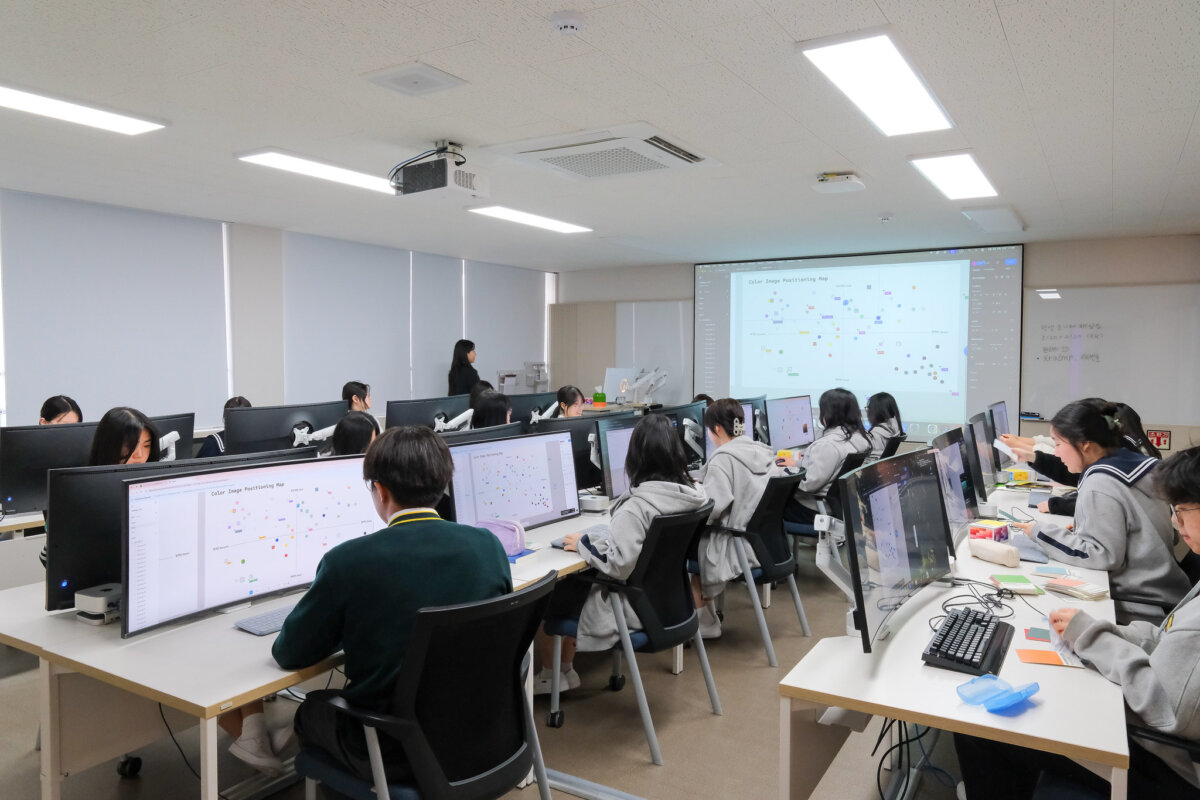
Digital transformation as a joint project
The visit to Korean EdTech companies (TekVille Education, i-Scream Media, Visang Education, Ubion, I Hate Flying Bugs) showed us what is possible: AI-based learning platforms, learning analytics, immersive learning methods with VR, AR and even hologram lecturers are a reality.
But here, too, technology must be embedded in a pedagogically meaningful way. A purely behaviourist understanding of learning is not enough – creativity, cooperation and critical thinking are crucial.
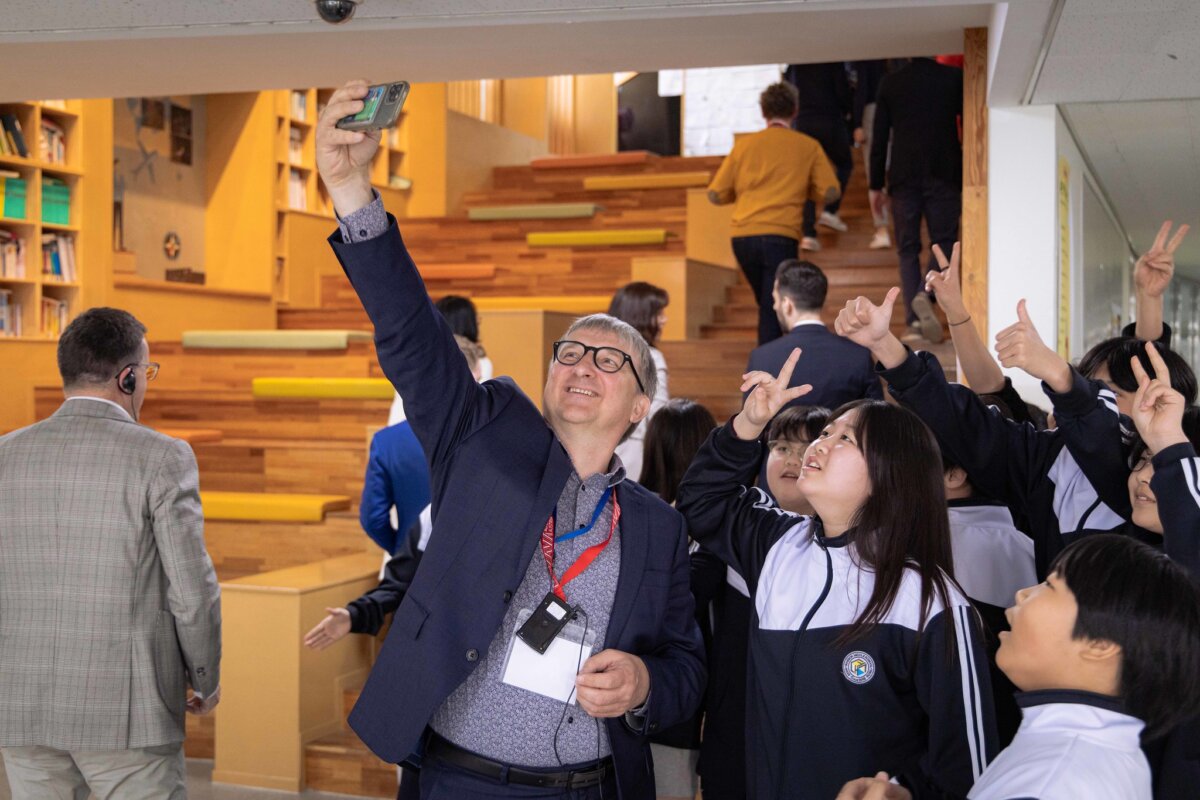
Inspiration from South Korea for Austria
The trip to Seoul was inspiring, broadened our horizons – and also a bit challenging. In addition to the impressive dynamics of the South Korean education system, we were particularly touched by the warmth of our hosts. Thanks to schools such as Naegok Middle School and Mirim Meister School, we were able to experience first-hand how modern education works in practice – including lunch together in the school canteen.
The insights clearly showed that South Korea does not use technology as an end in itself, but as a tool to improve learning in a targeted manner. People are always at the centre of this. Sustainable education is created where technology is used wisely, teachers are empowered and innovation is encouraged.
Unsere zentralen Learnings:
- Technologie braucht Haltung und System.
Nur sinnvoll eingebettet kann sie Bildung wirklich verändern. - Lehrkräfte müssen befähigt, nicht überfordert werden.
- Innovation erfordert Mut, Raum und Fehlerkultur.
- Hybrides Lernen ist der Weg nach vorn.
Nicht alles muss digital sein – aber ohne digitale Tools geht es nicht mehr. - Beziehung zählt.
Bildung lebt von Offenheit, Austausch und gegenseitigem Respekt.
Our key learnings:
- Technology needs attitude and system.
It can only really change education if it is embedded in a meaningful way. - Teachers need to be empowered, not overwhelmed.
- Innovation requires courage, space and a culture of error.
- Hybrid learning is the way forward.
Not everything has to be digital – but we can no longer do without digital tools. - Relationships count.
Education thrives on openness, dialogue and mutual respect.
Our conclusion:
What is needed now is more than technical progress – namely a shared commitment to modern education. In Austria, we want to help shape a system that promotes talent, empowers teachers and prepares learners for the future.
More articles
The following articles might also interest you.
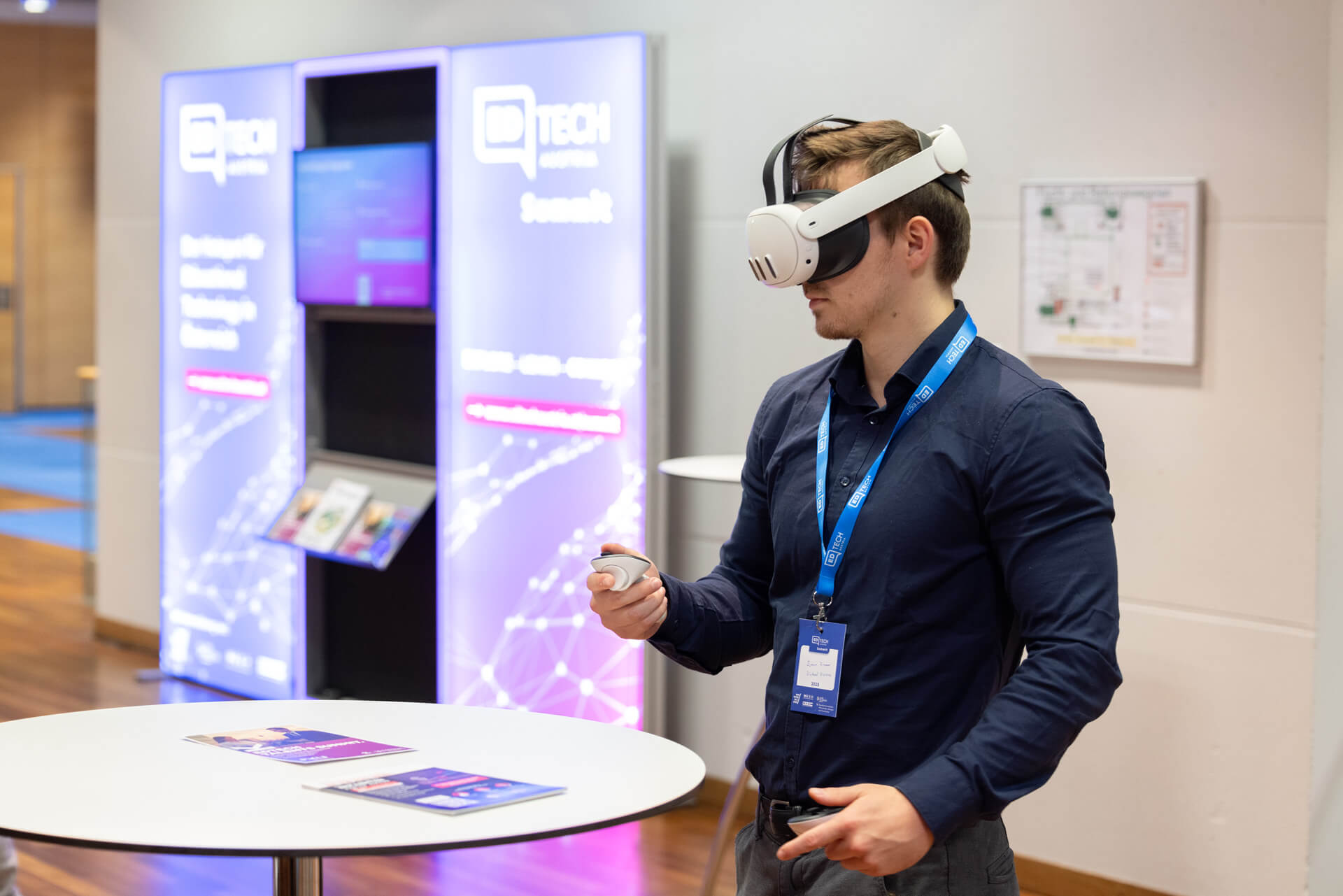
GenAIedTech: From Human to Machine
18. December 2025

Digital Roadshow: Learning Apps Marketplace
18. December 2025
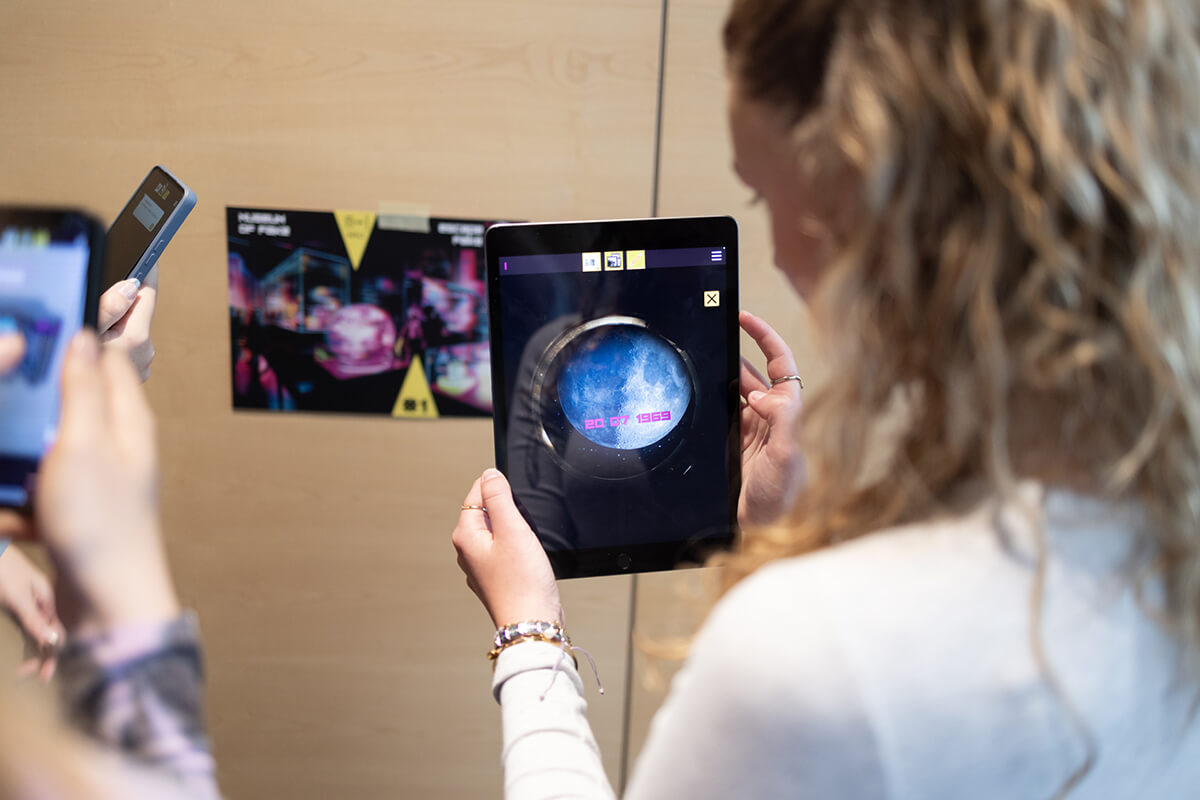
AR, VR and XR: Shaping Learning through Virtual Worlds
30. June 2025
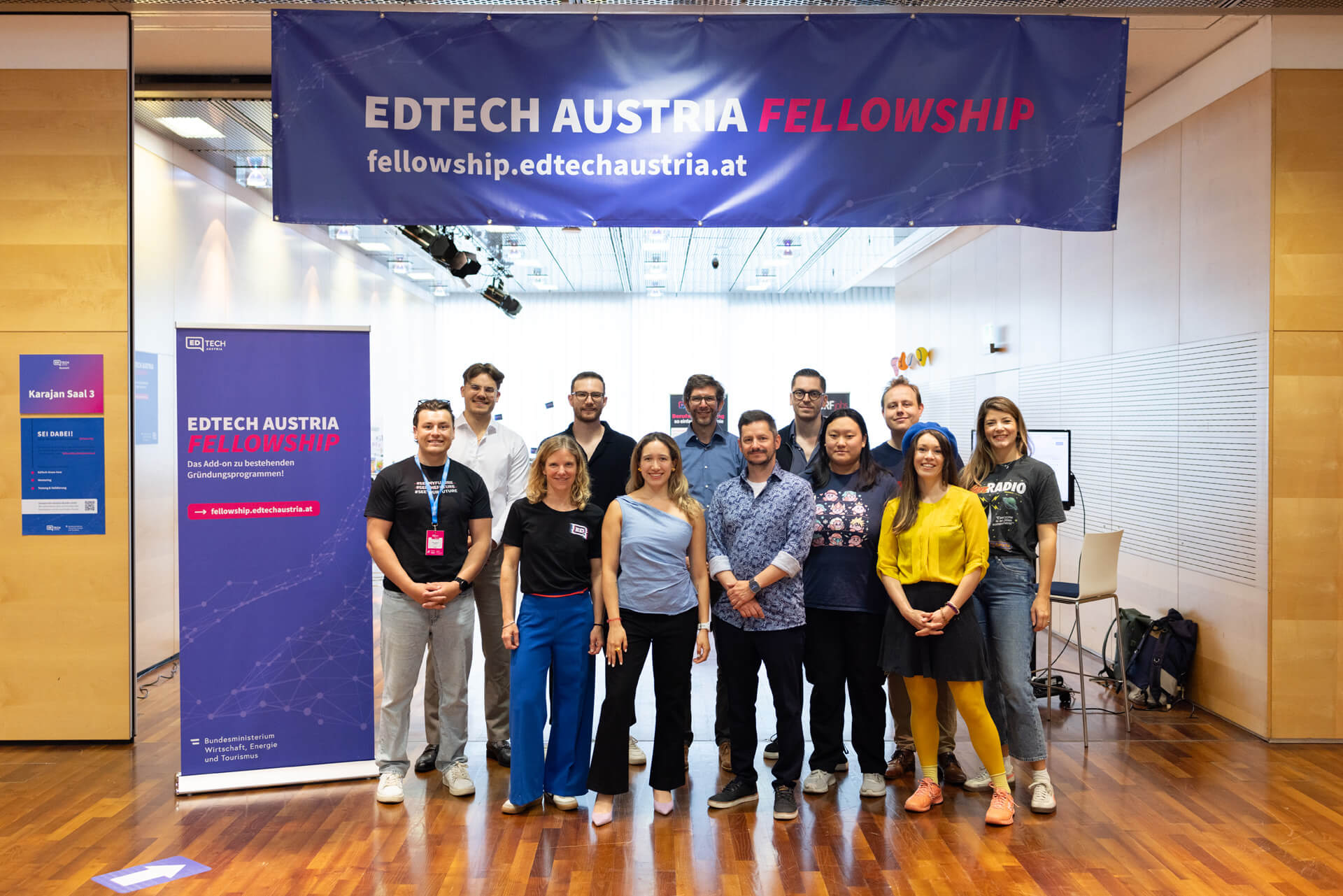
EdTech for all, all for EdTech – shaping the world of education together
18. June 2025
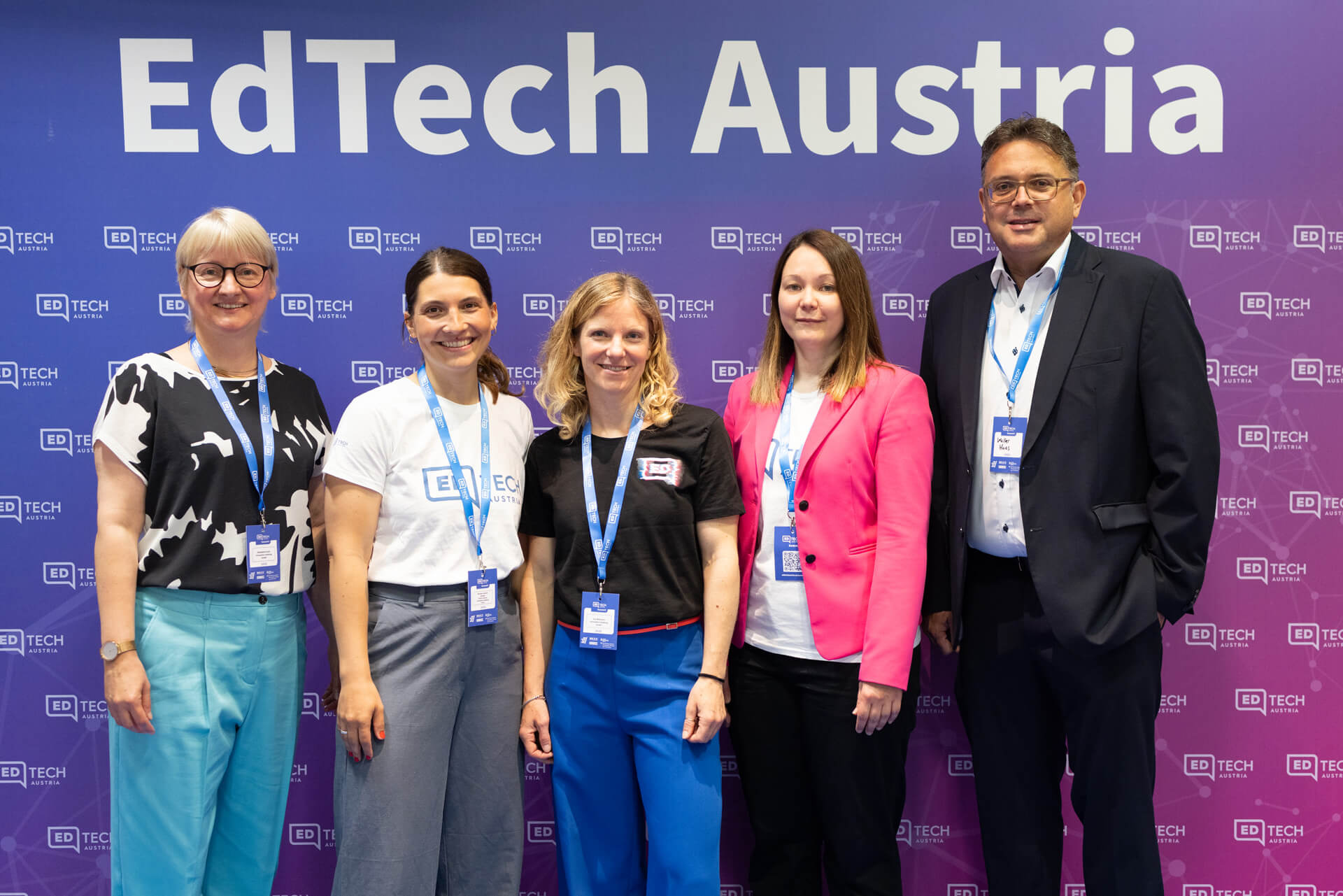
Real-World Practice Meets Innovation: The Fourth EdTech Austria Summit
3. June 2025
